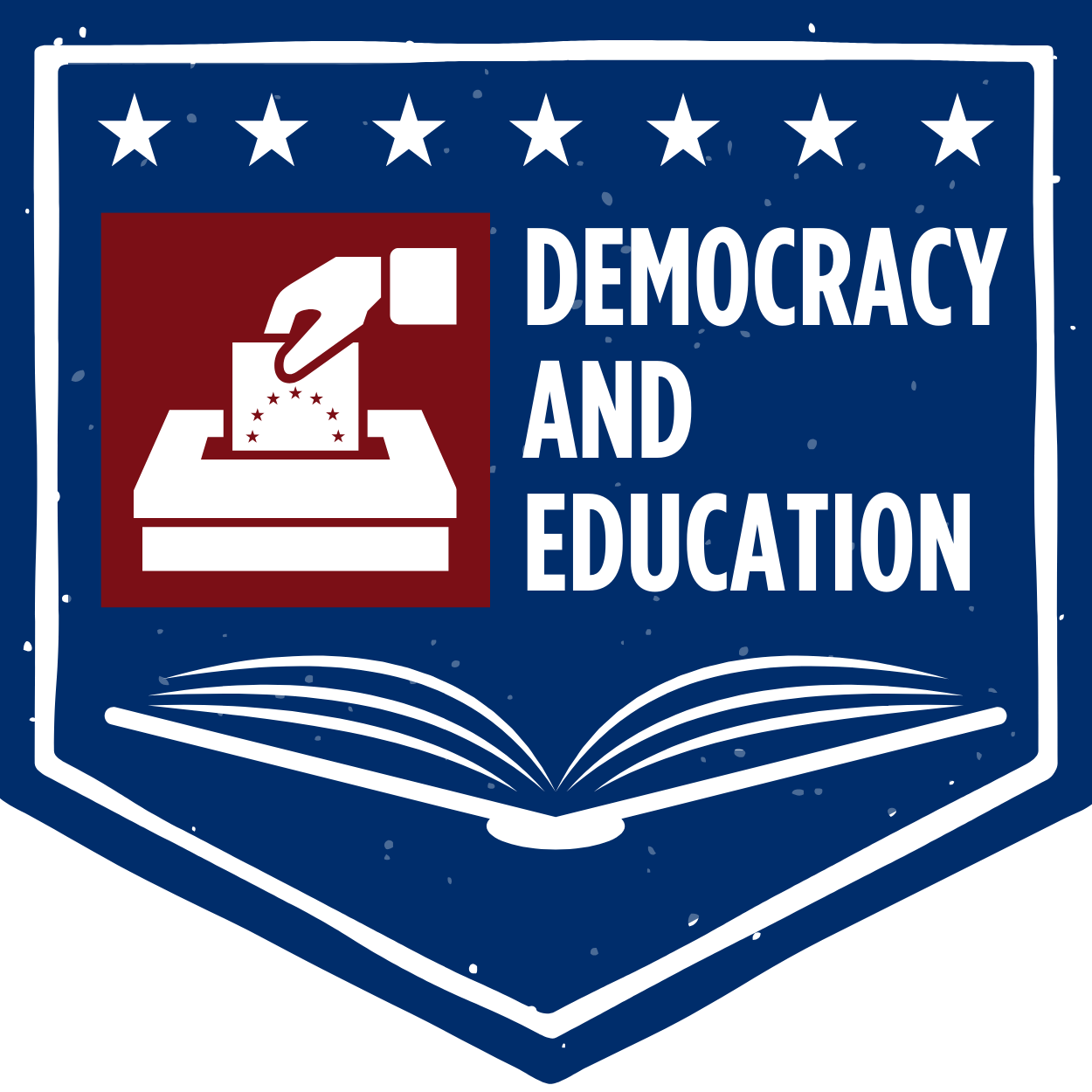Assessment
What School Board Candidates Need to Know
Photo by F1 Digitals from Pixabay
Overview
Good assessment goes beyond giving grades. It’s about helping understand how students are thinking, and where they’re getting stuck. For students and parents, good assessment can make all learning more understandable, and make deep learning possible for just about everyone. For educators, good assessment can help motivate reluctant learners and help identify strengths and misconceptions to guide decisions about instruction. For policy makers, good assessment provides a window on the effectiveness of specific programs, and of overall performance.
Independent assessment professionals are clear that you need different kinds of assessments for different purposes. For example, large-scale standardized assessments are good at measuring overall reading abilities but they’re not able to provide detailed information for day-to-day reading instruction. For this reason, most schools and districts try to build what they call balanced systems of assessment that use different types of assessment for different purposes. The three parts of balanced assessment that school people talk about most are:
● State accountability assessments
● Large-scale interim or benchmark assessments
● Day-to-day classroom assessments
In addition, the National Assessment of Educational Progress (sometimes called the Nation’s Report Card) periodically measures broad national trends in achievement over time in reading and math among representative samples of 9- and 13-year-olds (Long-Term NAEP). Every two years, assessments in reading and math are also given to representative samples of fourth- and eighth-graders in every state and in over two dozen large cities (Main NAEP and Trial Urban District Assessment—TUDA). Because only small samples of students actually take NAEP tests, results are not reported for individual students, schools, or for most districts. This makes NAEP results more useful for state and national policy makers than they are for most local school board members.
State Accountability Assessments
Federal law requires states to assess all students’ mastery of state reading and math standards every year from third through eighth grade and once again in high school. In addition, states must assess all students’ mastery of state science standards at least once in grades 3-5, again in grades 6-9 and again in grades 10-12. The idea is that, in return for federal money, schools and districts should be accountable for ensuring all students make acceptable learning gains throughout their school careers.
States are required to report individual results to parents. In addition, school and district results must be reported publicly for specific student subgroups as well as overall. Federal law requires states and districts to intervene if the test scores reveal persistently low performance or large disparities between student groups. In 2001, test requirements that were first put in place under No Child Left Behind (NCLB) required schools to increase the percentage of students who met state proficiency scores every year. In 2015, the Every Student Succeeds Act (ESSA) changed that requirement to focus more on the percent of students who make expected gains each year.
Common Issues with State Accountability Assessments
Four common complaints about state accountability exams are that test results:
● are often not returned until many months after tests are administered
● do not provide useful information about what state learning standards require, or how parents and educators can improve teaching and learning
in the future
● are mostly about grading and ranking of students, schools and district
● say more about family income and socio-economic status than do about school and district effectiveness
Large-Scale Interim or Benchmark Assessments
Responding to the issues outlined above, many districts and a growing number of states now also use interim (sometimes called benchmark) assessment systems to test all students several times per year. The two most common forms of interim assessment are:
Standardized interim assessments:
Students typically take three computer-adaptive interim assessments per year that take from 30 to 60 minutes for each student to complete. Computer-adaptive means that the tests automatically adjust questions to student ability levels during the testing process. That is, if students get questions wrong, the next questions they get will be less challenging; if they get them right, the next questions will be more challenging.
Results are processed electronically and reported back immediately both for individual students and for many student sub-groups at the school and district level.
Results typically include information about whether students have mastered specific content and skills and how they compare with national samples of students.
Interim assessments about specific curricular content
These assessments are often (but not always) created locally by school and district teams to monitor standards mastery and depth of knowledge for one or more units of instruction.
Results are normally analyzed and reported out by teams of teachers using district rubrics and guidelines.
Common Issues with Interim Assessments
Although a sizable majority of American school districts now purchase standardized interim assessments, independent assessment professionals have warned for many years that most commercial systems report results in ways that go well beyond what standardized tests can validly assess. As of now, there is no independent evidence that commercial interim assessments have helped districts improve achievement over time.
Assessment professionals broadly agree that curriculum-specific assessment and shared analysis by teacher teams can be a strong driver for continuous improvement of instruction. But the process is much more labor-intensive than standardized assessment and can be challenging to implement in districts where common teacher planning time is often limited to one or two 45-minute periods per week.
Day-to-Day Classroom Assessments
Years before the passage of No Child Left Behind, educational research showed that, on average, high-quality classroom assessment increases student learning by a year or more beyond expected gains. But this kind of assessment is still rare in many schools and districts because it focuses more on how students are sizing up and working through learning problems than it does on grading for right and wrong answers.
Quizzes, chapter tests, unit tests, book reports, and other familiar projects that teachers have used for decades in order to give students grades can also provide teachers with powerful information about why students did and didn’t learn and whether different approaches to teaching can help them do better. For example, if 20 percent of a class did not learn something, the teacher might want to pull out a small group for reteaching. If 80 percent failed, the teacher might want to use a different approach or seek out a colleague whose class was more successful on that assessment.
Common Issues with Classroom Assessments
In many districts, time for ongoing teacher collaboration and capacity for peer-leadership development is rare. But research shows that the most effective approach by far for increasing high-quality classroom assessment is to build time into teachers’ workday to collaborate with colleagues on assessment and instruction.
What to Look for in Your School District
Data: Do the benchmark assessments your district provide information about mastery of state learning standards that goes beyond reportage of discrete skills and standards? If not, what kinds of assessment is your district using to assess the depth of student understanding, and to ensure all students are being taught skills and concepts that are appropriate for their grade level? Ask teachers and principals how they use assessment information and if it’s helpful.
Stories: Talk with teachers. Do they have the time and space to reflect on the performance of their students, learn from colleagues, and address gaps in their knowledge? Talk with principals. Do they understand where their students are and have a plan for moving forward? Talk with parents and students. Do they understand what grades and test reports mean and how they line up with state learning standards?
Possible Messages to Voters
School needs to be about more than learning something for long enough to get a good grade on the next test. High-quality assessment gives us a better window on how students are thinking and where they’re getting stuck, and makes teaching for deeper understanding possible for all of our kids. We need to make sure our assessments provide this kind of information.
Short Reads for More Information:
“Ambitious Teaching and Equitable Assessment” describes what high-quality classroom assessment looks like.
“It Might Just Be a Pile of Bricks” describes why most independent assessment professionals are skeptical about the contributions that standardized interim assessments can make.
“Inside the Black Box” summarizes early research on the power of high-quality classroom assessment.
“How to Analyze and Assess Reading Comprehension” describes why one-skill-at-a-time teaching isn’t enough to improve reading comprehension.
Achieve's Assessment 101 for School Boards provides a great deal of information about assessment.
“Science of Learning” is a useful summary of cognitive science findings and how they can be used in classrooms, particularly in regard to retrieval practice.

